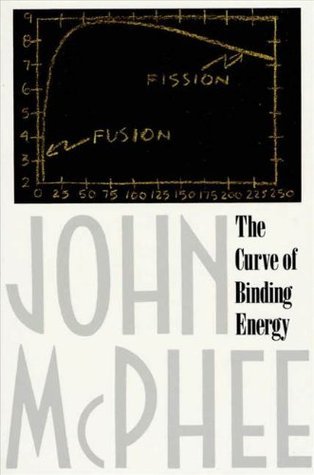What do you think?
Rate this book


241 pages, Kindle Edition
First published May 22, 1974
He said that Carson Mark had once pointed out to him a number, a fact, that brought with it the most astonishing realization he had ever experienced in physics. It had to do with binding energy, and it was that when Fat Man exploded over Nagasaki the amount of matter that changed into energy and destroyed the city was one gram—a third the weight of a penny. A number of kilograms of plutonium were in the bomb, but the amount that actually released its binding energy and created the fireball was one gram. E (twenty kilotons) equals m (one gram) times the square of the speed of light.